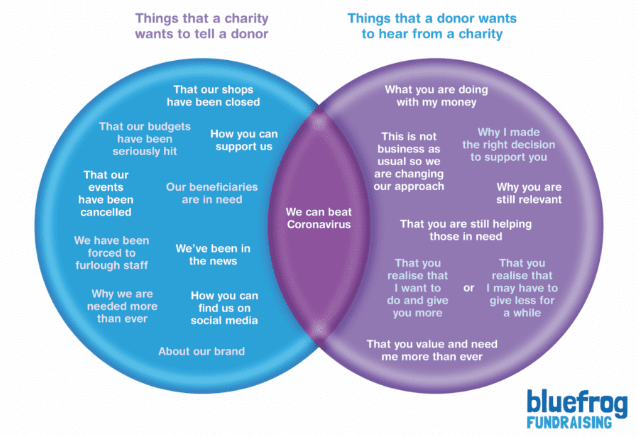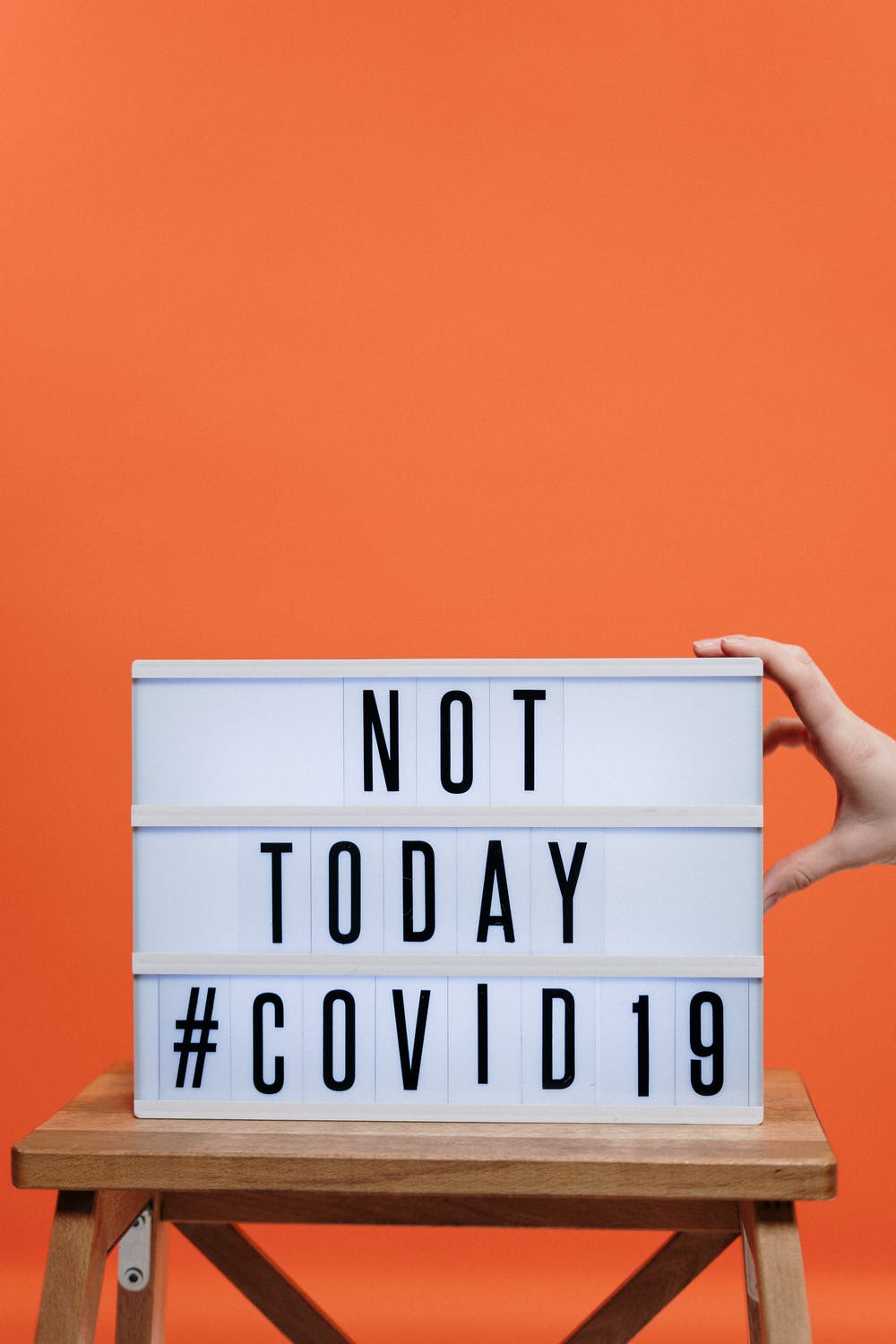Fool-Proof Nonprofit Crisis Fundraising Communications Templates for Every Audience
 During a crisis is no time to be passive. Build a list of audiences, prioritize contacts among those lists, and develop a step-by-step written PLAN to reach out. With updates, engagement opportunities, little gifts of content folks can use, and opportunities to contribute and make a demonstrable difference.
During a crisis is no time to be passive. Build a list of audiences, prioritize contacts among those lists, and develop a step-by-step written PLAN to reach out. With updates, engagement opportunities, little gifts of content folks can use, and opportunities to contribute and make a demonstrable difference.
Sharing is caring too. Do you have a plan in place to regularly share what you’re up to, and offer opportunities for donors to engage? Are you communicating with donors as if they’re a part of your family or favorite group of friends? If not so much, what are you waiting for?
Establish templates with talking points in advance of your communications; then let the reaching out begin. First determine your purpose.
- Do you want to say thank you?
- Do you want to simply check in to see how your donor is doing, and whether they have any questions about your organization’s status and work right now?
- Do you want to ask them to volunteer their time?
- Do you want to ask for a philanthropic gift?
- Do you want them to complete a survey?
Figure this out first, because the more you know where you’re going the more likely you are to get there! If you’re light on staff right now, ask your volunteers and influencers for help.
These communication templates can be used for phone (or other online) conversations and emails. Got that? Conversations! Merriam Webster describes a conversation as “oral exchange of sentiments, observations, opinions, or ideas.” In other words, you want to prompt two-way participation on some level. This is not about you delivering a monologue or formal dissertation. Think of your communication as you raising an issue for discussion. You want to pique your donor’s interest and ask open-ended questions that invite their engagement.
Start with your top priority donors who have the highest likelihood of making an additional gift to get you through this crisis. I suggest
Details

 These days you’re likely communicating with constituents digitally more than ever before.
These days you’re likely communicating with constituents digitally more than ever before.
 Resist the temptation to throw your hands up in the air because you’re hearing people are giving less now. While it may be true(ish), it doesn’t apply to everyone. And it doesn’t need to apply to your nonprofit.
Resist the temptation to throw your hands up in the air because you’re hearing people are giving less now. While it may be true(ish), it doesn’t apply to everyone. And it doesn’t need to apply to your nonprofit.
 Could you be getting it all wrong when it comes to the what, who, where, why, how and when of your nonprofit’s communications and fundraising as this pandemic plays out?
Could you be getting it all wrong when it comes to the what, who, where, why, how and when of your nonprofit’s communications and fundraising as this pandemic plays out? I’m going to explain what your nonprofit should do to show donors you do, in fact, understand where they’re coming from.
I’m going to explain what your nonprofit should do to show donors you do, in fact, understand where they’re coming from.


 Last week I shared a number of real-life examples from innovative nonprofits taking creative steps to connect meaningfully to their supporters during these trying times. While staying connected, some organizations are succeeding in stepping up both their marketing and fundraising communications to the next level.
Last week I shared a number of real-life examples from innovative nonprofits taking creative steps to connect meaningfully to their supporters during these trying times. While staying connected, some organizations are succeeding in stepping up both their marketing and fundraising communications to the next level.

 Connection is essential, especially during challenging times. When the going gets tough, we yearn to commune with people who will support us… teach us… commiserate with us… empathize with us… calm us… distract us… … entertain us… enable us to support them… and more.
Connection is essential, especially during challenging times. When the going gets tough, we yearn to commune with people who will support us… teach us… commiserate with us… empathize with us… calm us… distract us… … entertain us… enable us to support them… and more.